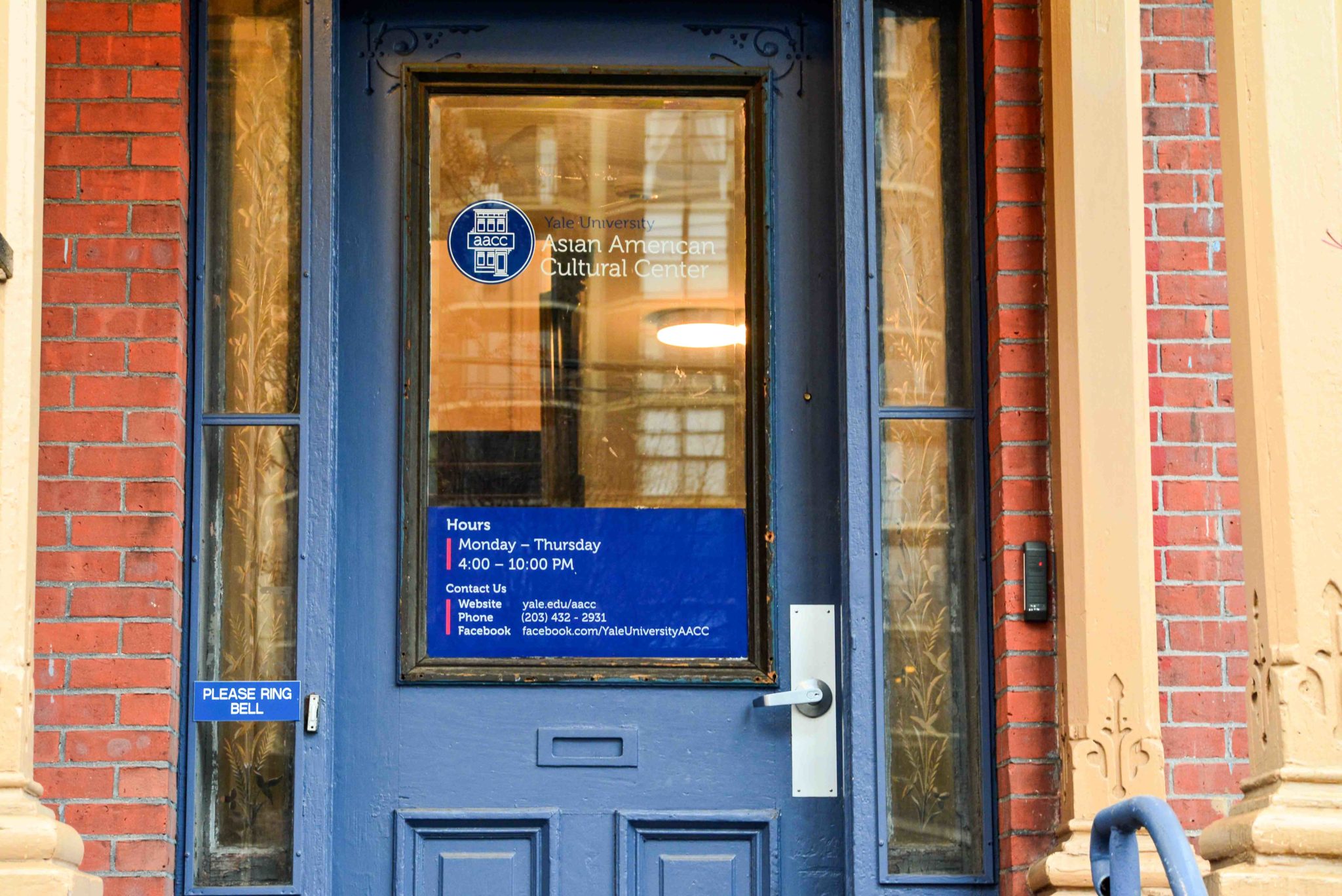
With the release of the films “Crazy Rich Asians” and “To All the Boys I Loved Before,” 2018 was a momentous year for Asian representation in the media. Still, characters of Asian descent remain underrepresented in mainstream films and television shows.
To help combat this problem, Tsai CITY has partnered with the Asian American Cultural Center to develop the Arts & Media Innovation Awards as a way to encourage Yale students to promote the representation of Asian people and the Asian-American experience in the media.
The Arts & Media Innovation Awards gives $500 grants to five projects that explore the experience of being an Asian-American. According to the Tsai CITY website, projects can range from an art piece or music to a documentary “or other creative project in any medium that broadens the representation of Asian-American lived experiences in the fields of media and art.” Tsai CITY has already selected the first five projects. They include an interactive art installation, a documentary and a musical. The grant recipients this year are Emily Li ’22, Caroline Ho ’22, Molly Ono ’20, Mariko Rooks ’21, Skyler Chin ’19, Liyan Zhao ART ’19 and Annie Cheng ’20.
“Given how brilliant [Yale students] are and how creative they are, if the opportunity was given to have an innovation grant, amazing ideas would come about, and [they] did,” said Joliana Yee, director of the AACC.
One of Tsai CITY’s missions is to foster partnerships across the Yale community and to spark innovation, according to Ellen Su ’13, one of the project judges from Tsai CITY. She added that a common sentiment voiced by Asian-American students is that there is a need for greater support for Asian-American art and Asian-Americans in the arts.
Yee said that since people tend to picture East Asians when they think of Asians in the U.S., an important aspect of the award was to give grants to projects that highlight experiences of all people from the continent.
“We’re trying to broaden [the public perception of the Asian-American experience] to ensure that we’re thinking about multiracial, biracial students as well as being part of the community,” said Yee. “So kind of getting at that idea of Pan-Asianness rather than East Asian equating [to] Asian-American.”
Yee added that she hopes that the projects funded by the grant will reach a wide audience. She said that the goal of the projects is to appeal to all people, regardless of their race, and to share the unique aspects of the Asian-American experience with them.
Su said that another goal of the award was to promote grassroots projects that would not have been completed without its support.
“Another thing we looked at was [whether] they [were] also getting support from other areas on campus,” Su said. “There were some projects that already had funding and support and did not necessarily need us to be successful. We were trying to figure out where we could support the people who wouldn’t have necessarily gone forward with these projects.”
Cheng created an audio and visual project titled “Snack.” According to Tsai CITY’s website, Cheng plans to interview Asian-Americans about the food they had in their childhood — “from home-cooked meals to packed school lunches” — exploring how identity can be understood through food.
Cheng said that discussing food was an easy way to get a variety of people involved in the project, since it is one of just a few things that connects people of different backgrounds.
“Asian-Americans often have this sense of alienation from others because of their food,” said Cheng. “This is a common experience that unites Asian-Americans.”
Su said that the ultimate goal of the award is to provide support for Asian-Americans in art and media until their presence in those fields is normalized. She explained that, for instance, “Crazy Rich Asians” should be considered a good romantic comedy for its own sake and not just because of its all Asian and Asian-American cast.
Yee said that while she believes starting an award like this at Yale is helpful, it will be a while before Asian-American representation is normalized in popular culture.
“I would like this to strengthen the ecosystem such that we have more high quality projects coming through so that they can stand shoulder to shoulder in a wider context,” Su said. “[I hope] that this prize helps catalyze work that will go on and stand on its own merits.”
Yee said that the next steps for the AACC and Tsai CITY are to continue raising awareness of this award and to increase people’s understanding of the unique challenges Asian-Americans face.
The projects will debut in March.
Kelly Wei | kelly.wei@yale.edu







